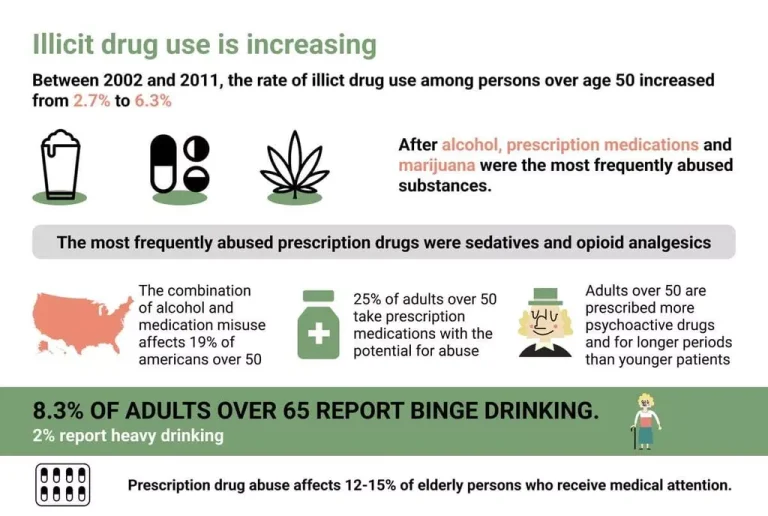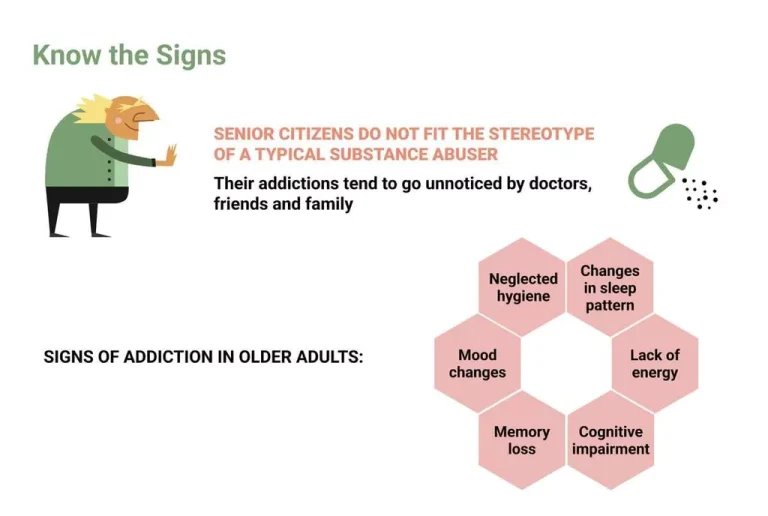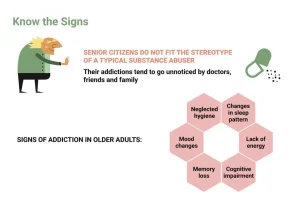
In contrast, Kupari et al. reported that alcoholic women presented with reduced ejection fraction 37. These studies suggest that in patients presenting with no clinical signs of heart disease, impaired diastolic function may serve as an early sign of ACM, while alcoholic cardiomyopathy systolic dysfunction may represent move metn along the continuum towards failure. The presence of cardiac abnormalities in the asymptomatic alcoholic exemplifies the importance for clinicians to conduct an extensive examination when presented with an individual with a history of ethanol abuse. Alcoholic cardiomyopathy can present with signs and symptoms of congestive heart failure. Symptoms include gradual onset worsening shortness of breath, orthopnea/paroxysmal nocturnal dyspnea.

Alcoholic cardiomyopathy: Cytotoxicity of alcohol on heart muscle
Currently, both the European Society of Cardiology (ESC) and the American Heart Association (AHA) consider ACM as a distinct clinical entity 10. The diagnosis of ACM is often one of exclusion of DCM patients with a long history of chronic and excessive consumption of alcohol 3. Most studies report a daily consumption of more than 80 g of alcohol for at least five consecutive years is the threshold for establishing a diagnosis of ACM 6,11-14. However, the current definition of ACM – chronic and excessive exposure to more than 80 g/day of alcohol for at least five years – lacks sufficient epidemiological or experimental evidence 3. Mitochondrial dysfunction has a significant role in the development and complications of alcoholic cardiomyopathy 64, 65,70.
- Genes encoding for enzymes important in de novo fatty acid synthesis (e.g., fatty acid synthase) and lipoprotein lipase were unchanged by ethanol consumption (33).
- The natural history of patients with alcoholic cardiomyopathy (AC) depends greatly on each patient’s ability to cease alcohol consumption completely.
- This observation led to the erroneous belief that alcohol is an immediate coronary vasodilator.
- This includes a combination of beta-blockers, an angiotensin-converting enzyme inhibitor, diuretics, aldosterone receptor antagonist and angiotensin blocker-neprilysin inhibitor (if LVEF is less than or equal to 40%).
- Although the most common cause of heart failure is coronary artery disease, ischemic cardiomyopathy is unlikely in the absence of a clear history of prior ischemic events or angina and in the absence of Q waves on the ECG strip.
- Although no significant changes were found using conventional microscopy, when electron microscopy was employed he discovered intracellular swelling, glycogen and lipid accumulation, and alterations in the structure of the sarcoplasmic reticulum and of the mitochondria (Figure 2).
Sensitivity analysis
Ethanol-induced changes may be related to oxidative or non-oxidative pathways of ethanol metabolism. More than one mechanism may be activated that lead to the multitude of ethanol-induced changes in cellular proteins and cell function. As reviewed in text, data from pharmacologic and transgeneic approaches, have revealed an important role for oxidative stress and the hormone, angiotensin II.

Clinical manifestation
Patients with ACM develop dyspnea as a consequent of congestive cardiac failure as well as pulmonary edema. Myocardial depression secondary to alcohol is initially reversible however prolonged sustained alcohol use leads to irreversible dysfunction. The source was identified to be the filter of choice for wine and beer, i.e., diatomaceous earth 36.

Meta-analysis of acm clinical management
- However, absolute abstinence from alcohol is the principal treatment option efficacious in relieving symptoms and reversing myocardial damage.
- A slight increase in the pre-ejection period/LV ejection time ratio (PEP/LVET) suggests an impairment of systolic function 59.
- In addition, the AHA advises against starting to drink alcohol solely for potential health benefits, as the risks can outweigh the advantages.
- It occurs within minutes after stroke onset, while delayed neuronal cell death is mainly caused by brain edema and occurs several days following stroke onset 6.
- Clinical observation confirmed that several days to weeks of drinking show higher and weeks of abstinence lower pressures.
- It is therefore possible that most of these studies may have also consistently omitted most alcohol abusers in whom alcohol had already caused significant ventricular dysfunction.
Assessing differences between various forms of alcoholic beverages it should be noted that resveratrol leads https://ecosoberhouse.com/ in vitro to platelet inhibition in a dose-dependent manner 100 and has shown effects on all-cause mortality in a community-based study 101. Polyphenols of red barrique wines and flavonoids have been shown to inhibit endothelin-1 synthase 102 and PDGF-induced vasoproliferation thus also contributing to cardiovascular protection 103. In endomyocardial biopsies of alcoholics up to 30 % of patients were found to exhibit sparse lymphocytic infiltrates with myocyte degeneration and focal necrosis and increased HLA (human leukocyte antigen) or ICAM (intercellular adhesion molecule) expression (Fig. 3; 16, 84). Clinical observation confirmed that several days to weeks of drinking show higher and weeks of abstinence lower pressures. Alcohol intake may also interfere with the drug and dietary treatment of hypertension.
Heartache in a Bottle: Understanding Alcoholic Cardiomyopathy
- A clinical review of 673 HF patients admitted to a hospital in Maryland in the U.S. obtained a 3.8% prevalence rate of ACM among the DCM patients based on alcohol consumption threshold of 200 g per day for over 6 months 27.
- In addition to the assessment of the status of the coronary arteries, cardiac catheterization may help obtain useful information regarding cardiac output, the degree of aortic or mitral valvular disease, and cardiac hemodynamics and filling pressures.
- Also, there were significant size variations in the myofibrils and they showed a relative decrease in the number of striations, in addition to swelling, vacuolisation and hyalinisation.
- Another study 46 examining the evolution of ejection fraction among a cohort of 55 ACM patients in relation to their degree of withdrawal.
- The sensitivity, specificity and positive predictive value for elevated serum CDT were 69%, 81%, and 41% respectively.
- In addition, it provides information not only on overall heart size and function, but on valvular structure and function, wall motion and thickness, and pericardial disease.
The patient received guideline-directed medical therapy for heart failure and anticoagulation with enoxaparin. He underwent cardiac catheterization for mechanical thrombectomy, which was minimally successful. The patient came to the emergency room with a decreased level of consciousness, hallucinations and convulsions after 24 h to 48 h of abstinence from alcohol. The key to diagnosis is a personal history of chronic heavy alcohol use and the absence of other etiologies. To maintain abstinence, recent investigations suggest the benefits of adjuvant medications, e. To treat the alcohol problem, a combined approach comprising pharmacologic and psychosocial therapy involving self-help groups or Alcoholics Anonymous is essential.
Generation of oxidative stress
In his 1906 textbook The Study of the Pulse, William MacKenzie described cases of heart failure attributed to alcohol and first used the term “alcoholic heart disease” 26. In aggregate, an elevated AST level not occurring in the setting of inflammatory liver disease may signify an increased cardiovascular risk related to NAFLD, cardiometabolic risk factors, chronic alcoholism or structural heart disease. Several other studies investigating the prevalence of ACM in idiopathic dilated cardiomyopathy (IDCM) patients report higher levels of alcohol consumption ranging from 3.8 to 47% in DCM patients 11-14,23,27. A clinical review of 673 HF patients admitted to a hospital in Maryland in the U.S. obtained a 3.8% prevalence rate of ACM among the DCM patients based on alcohol consumption threshold of 200 g per day for over 6 months 27. However, the finding not consistent with several studies conducted in Europe adopting alcohol consumption threshold of 80 g per day for at least five alcoholism years 11-14. Despite existing clinical evidence on the significance of ACM as a major contributor to HF, there is limited clinical data on ACM and the pathophysiologic mechanisms of alcohol on cardiac function.
